
We first met Michael back in July, although when we say met, the initial view we got of him was when he flew past in a race-pace blur at the Hotchillee London to Paris gravel ride. Michael’s role on the trip was to capture images from his bike. With his combination of ex-elite level road racer skills and fitness and his background as a high-end professional photographer, he was an obvious choice for Hotchillee to capture the imagery from the event.
We chatted with him at the event, but Michael is so unassuming and relaxed that we didn’t realise initially quite what a super-star of the sports photography world he was. He’s worked with basically everyone who is anyone in the world of pro-cycling – Mark Cavendish, Geraint Thomas, Wiggo, Eddy Merckx, Romain Bardet, Svein Tuft – the list goes on and on. We’d seen his work before without realising who the photographer was, but where we’d first experienced his work in person was seeing a copy of his Mountains – Epic Cycling Climbs book in an upmarket book shop. It’s one of those books which perfectly blends inspirational imagery with “How the hell that he persuade Rider X to contribute” stories and even though the focus is mainly on road climbs rather than gravel trails, it still made us want to go out and ride.
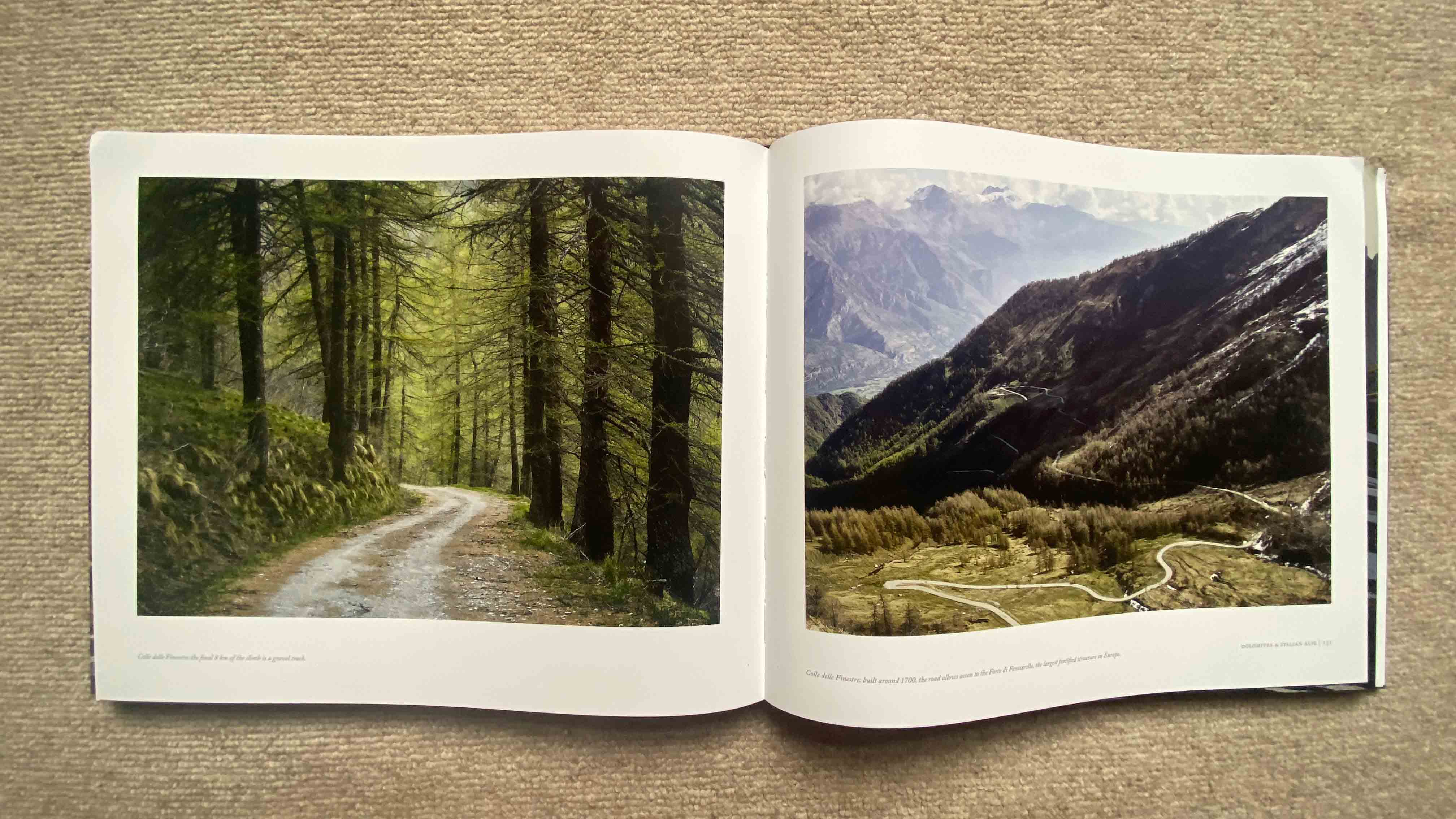
Having experienced Michael’s gravel riding prowess first hand, we knew he was a big fan of away-from-the-road riding, so we set up an interview to find out more about his book, his background and his plans for the future.
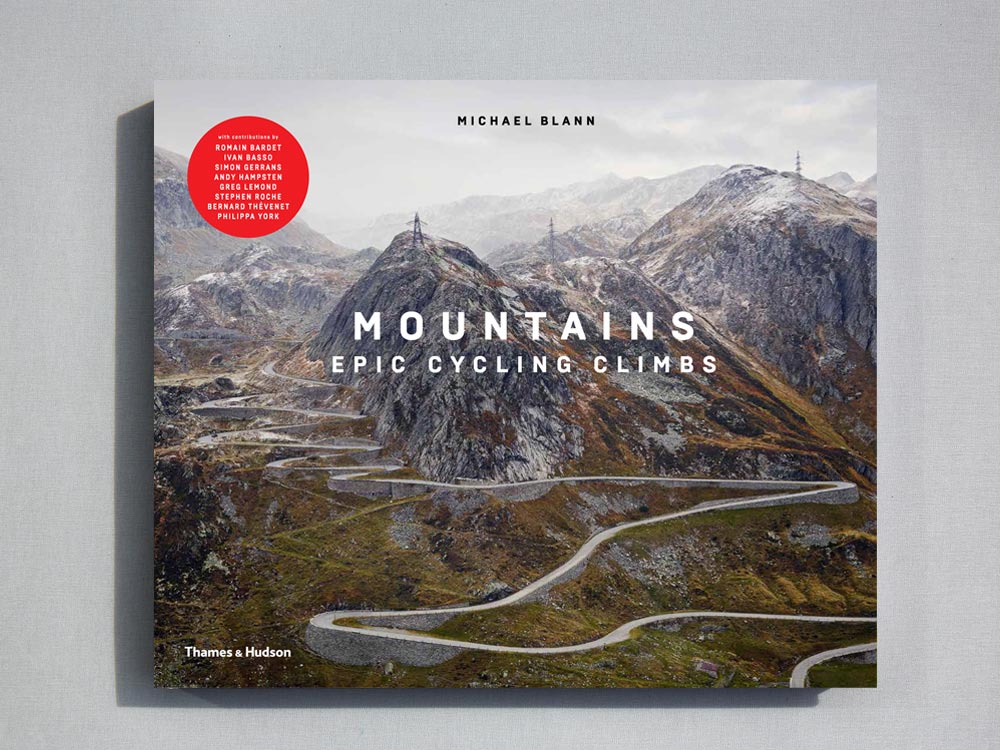
Gravel Union - How did you select which climbs and which images to feature in your book?
Michael Blann - Originally, I started taking photos of mountains as a way of documenting the climbs which I had remembered from watching Channel 4’s coverage of the TDF in the UK in the mid 80’s. Up until that point I only had the memories of riders winning those epic stages, so the photography was really a tool to discover and document the landscapes where those memories had played out. Over time I built up an archive of climbs which satisfied two criteria: how famous the climb was within cycling history (it’s provenance) and how photographic it was from a purely aesthetic perspective.
The images in the book were largely based on these criteria but it was also important to include climbs which were famous but maybe not as beautiful to photograph. Alpe D’huez is one such climb. It has so much history but isn’t the easiest of climbs to photograph. Adversely there are climbs like the Gotthard Pass which are stunning but haven’t featured in the big races that often. I also decided to include some of the famous training climbs such as Sa Calobra in Majorca and Mt Teide in Tenerife, as they are well known by cyclists despite rarely featuring in a race.
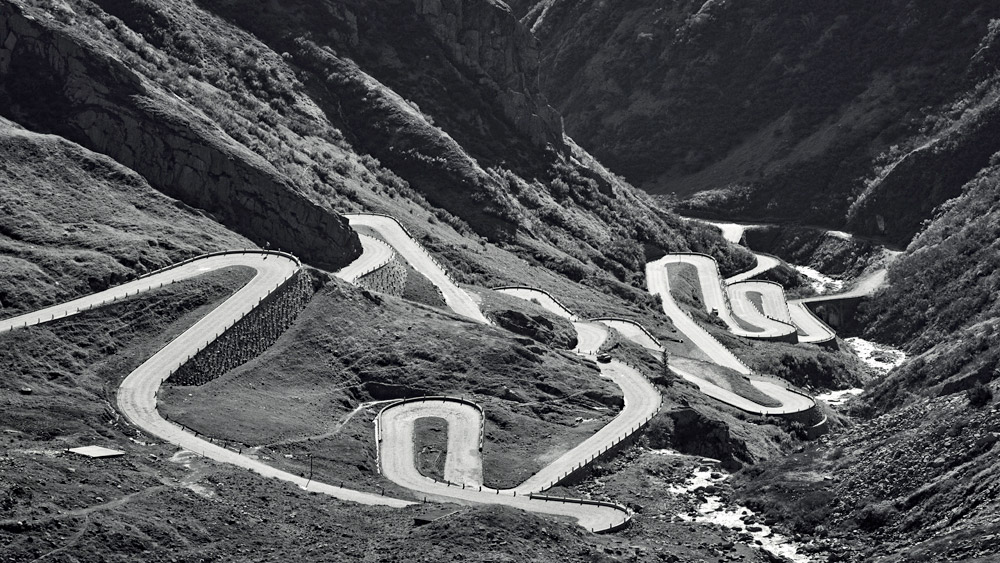
Gotthard Pass image courtesy of Michael Blann
GU - As the Gravel Union audience are primarily gravel and adventure riders, we spotted that two of the climbs you’ve featured in the book aren’t typical asphalt surfaces – the Gotthard Pass has a cobbled surface and the Colle delle Finnistre has 8km of gravel riding to get to the summit. Are there any others in your book which we should point away-from-the-road aficionados towards?
MB - Certainly the book was very much focused on road climbs but the Colle delle Finnistre featured as it was an important Giro climb and provided the launch pad for Chris Froome’s 2018 win in the Giro d’Italia. I think looking forward, there will be more gravel climbs featuring as races diversify and that is already becoming a reality. The Plateau des Gliéres, a 2km gravel road was included in the Tour de France in 2020 and we saw riders tackle the gravel section at the top of the Planche du Belle Files in this year’s TDF. I guess this is being driven by the popularity of gravel riding and the fact that it makes great TV too.
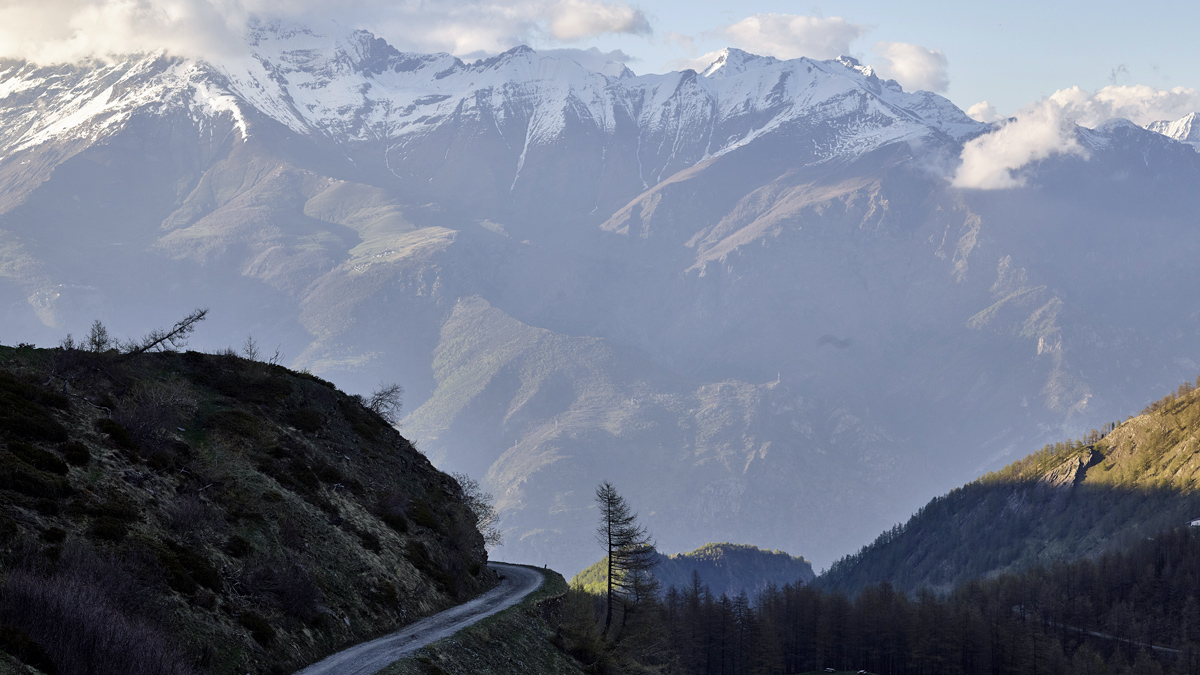
Colle delle Finestre image courtesy of Michael Blann
GU - On the Hotchillee London to Paris gravel trip you were the official photographer and you spent the three days riding at race pace to overtake groups of riders, stopping, getting your heart rate down, taking some shots and then chasing past them again to capture the next set of images. Presumably in your mountains book you were capturing the images in a slightly more traditional manner, from a motorbike or a car? How do you find the different approaches effect the images you can capture?
MB - It was tough going on L2P gravel! It was a bit like doing a biathlon where you needed to get your heart rate down quickly to take a shot! The process for taking images for the book is very different and involves a lot of hiking to get to the right vantage point. The equipment is also completely different as I use a medium format digital camera and tripod which is tethered to a laptop. It’s a slower, more considered approach to photography where each image is checked on screen and you may only achieve one or two shots a day. Certainly, trying to shoot whilst riding is very different and you don’t get to check shots until the end of the day. I tend to shoot as much as possible and then bring it all together in the edit. There tends to be a lot of misses where things like exposure or shutter speed are not quite right.
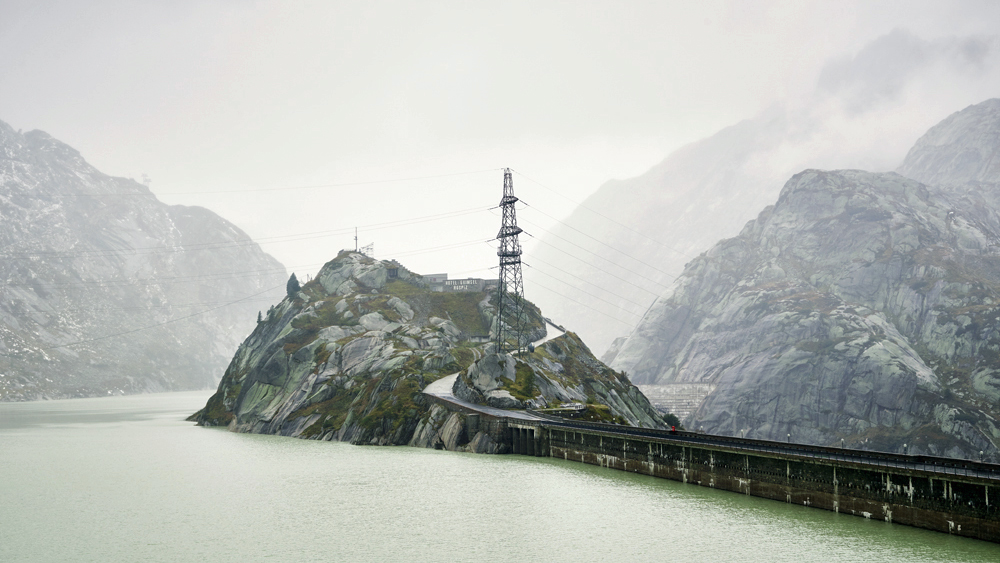
Grimsel Pass image courtesy of Michael Blann
GU - What’s your favourite equipment set-up to use when you’re out in the mountains?
MB - My Phase One camera (with prime lenses) on a tripod and tethered to a laptop. It’s not just the camera and its resolution that is important, but also the process of taking the images. This set up slows down the process and makes it more considered, whereas I have found using 35mm cameras and zoom lenses never gets the same results.

Masca image courtesy of Michael Blann
GU - If you were going to give one top tip to an aspiring future cycling photographer, what would it be?
MB - Try to be original and develop a style that singles you out from all the other photographers.

GU - In the book you persuaded some incredibly talented professional and ex-professional riders to contribute. How did you go about getting riders to contribute their stories?
MB - Originally, I only intended to have a few stories in the book and I approached a few ex pros such as Philippa York, Michael Barry and also Tao Geohegan-Hart who had some history in writing about their experiences, but those first essays were so great I decided to try to get more. Luckily, I had a few contacts who were able to make introductions and then ex-pros such as Paul Sherwen and Allan Peiper made more introductions on my behalf. There were a few people I would have liked in the book but weren’t able to get such as Tom Dumoulin and Alberto Contador, but all in all it was a great asset to the book to have so many famous people contribute. The experience of interviewing people that I had looked up to in my youth such as Greg leMond, Stephen Roche, Andy Hampsten was pretty special too.

GU - Some of the contributors such as Lizzie Diegnan and Roman Bardet have professed their love of riding away-from-the-road with Lizzie’s love of cobbles and Roman’s love of riding off-road on a cyclocross or gravel bike in the off-season. Have you worked with any other pros that love the non-paved options too?
MB - Yes certainly, I’ve worked with the likes of Michael Barry and Svein Tuft who are both Canadians and love the off-road adventures. Svein came to pro cycling quite late after riding the length of the Yucatán Peninsula with a trailer attached to his bike and an 80lb dog sat atop.
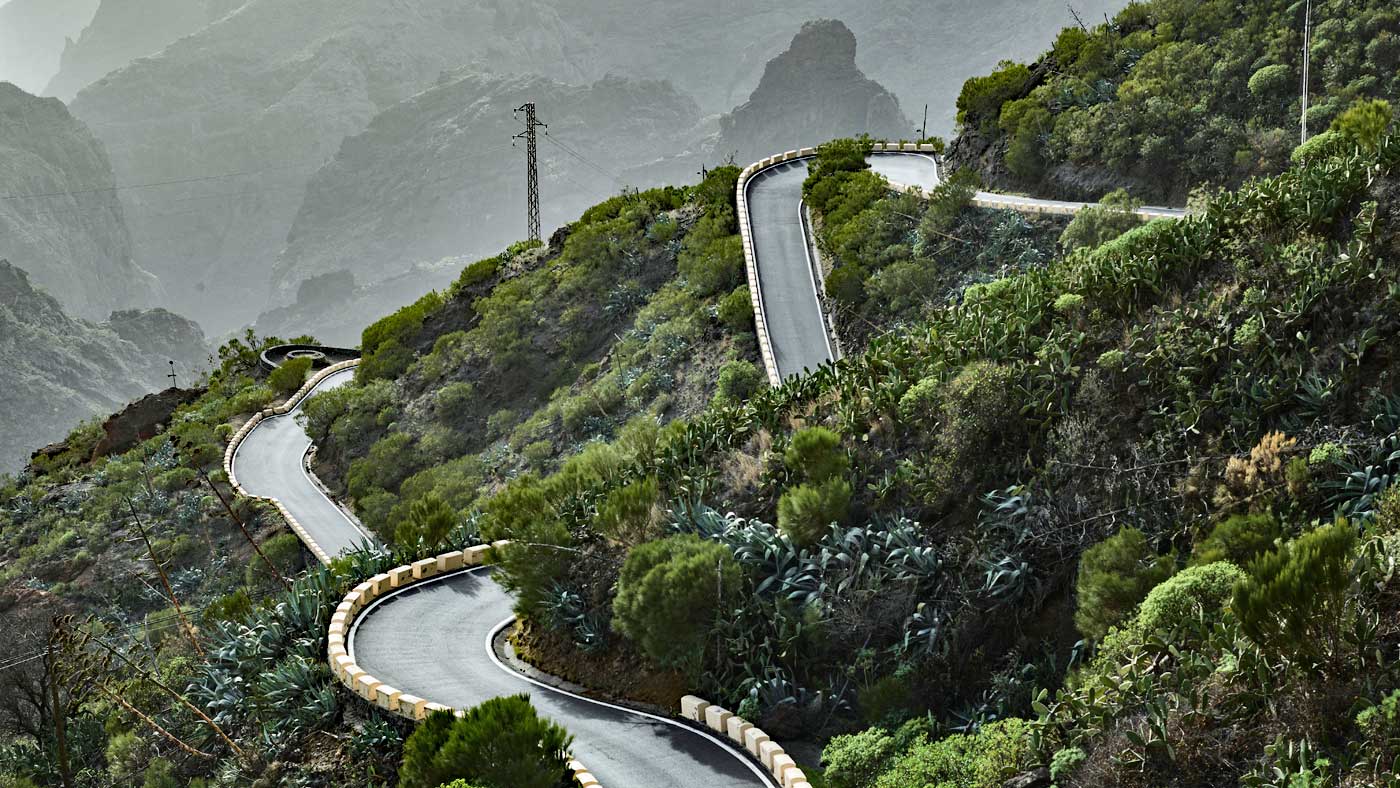
Masca image courtesy of Michael Blann
GU - Does your experience of being an aspiring pro road racer at the end of the 1980s help you when you’re choosing how to shoot a particularly iconic cycling climb?
MB - Ha ha - that’s a myth spread by my publisher! I raced as an elite amateur in both the UK and Australia, but never made the professional ranks.
GU - If you had to pick one image from the book as your favourite, which would it be and why?
MB - That’s really hard to choose! There’s a few I like for different reasons. The Col du Peyresourde as it has a very intense moody feel to it and you only realise there is the Peyragudes runway on the right hand side of the image when you look closer. The cover image of the Gotthard Pass was also one of those images that has everything and was shot at exactly the right time of day and year after a flurry of snow had landed on the high slopes creating a really nice colour palette. Lastly the Ventoux is such as unusual image with the white limestone scree and colourful crowds lining the road. Oh, I also like the Grimsel Pass as it feels like something out of Lord of the Rings.

Colle delle Finestre image courtesy of Michael Blann
GU - With the continuing growth in the popularity of gravel riding as a sport and the inclusion of ever more non-paved sections in the Grand Tours, could you see yourself ever doing a gravel version of your book?
MB - Absolutely! Technically it’s more challenging as I would need to carry all the equipment off road to the spot I’d like to photograph and currently there’s isn’t as much information out there to plan the photography in terms of climbs and destinations.
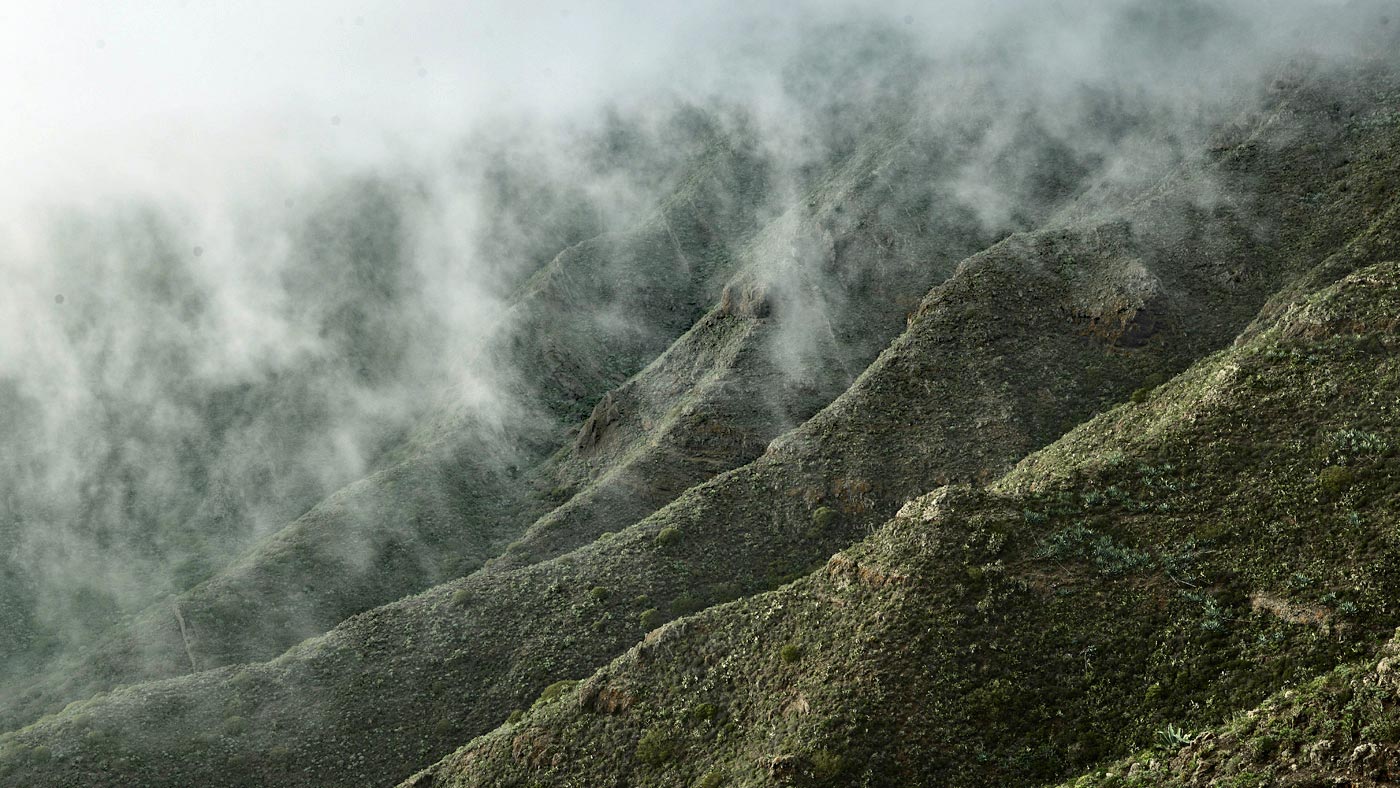
GU - Have you got any other non-paved projects lined up?
MB - I was hoping to get to Switzerland or Girona this autumn but work is currently putting paid to those plans.
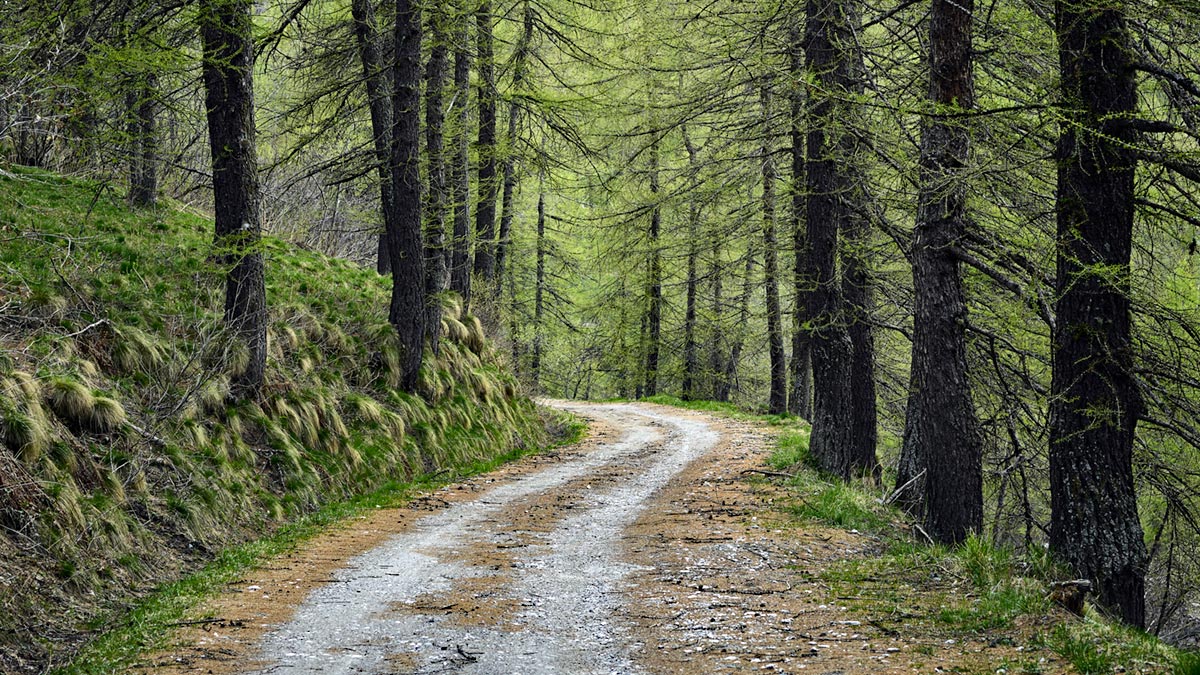
Thanks Michael, for making the time to talk to us and good luck with your future projects. We look forward to seeing a gravel climbs book at some point!
If you would like to buy a copy of Michael’s book, you can find all the details here